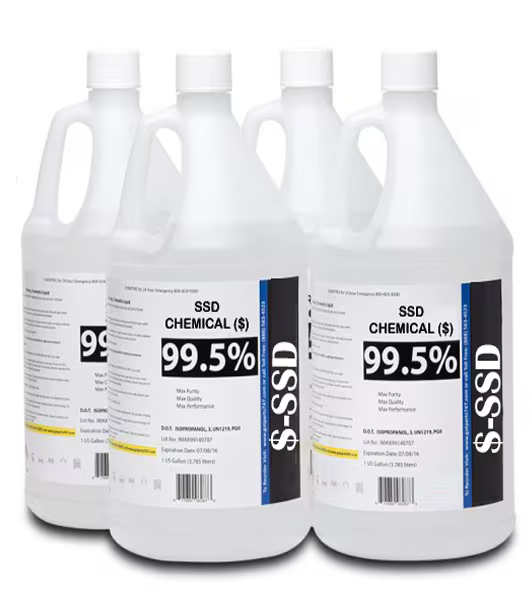Ssd Chemical Composition, Silver sulfadiazine (SSD) is a topical antimicrobial agent widely used in the treatment of burns and wound infections. Its effectiveness stems from the combined action of silver ions and the sulfonamide compound sulfadiazine. Understanding the chemical composition of SSD provides insight into its pharmacological properties, mechanism of action, and clinical applications.
Chemical Structure of SSD
Silver sulfadiazine is a coordination complex between silver (Ag⁺) ions and sulfadiazine, a sulfonamide antibiotic. Its chemical formula is:
C₁₀H₉AgN₄O₂S
- Silver (Ag⁺): The central metallic ion responsible for broad-spectrum antimicrobial activity.
- Sulfadiazine (C₁₀H₉N₄O₂S): A sulfonamide compound with antibacterial properties that inhibit bacterial folic acid synthesis.
Structurally, SSD is a crystalline powder, typically white to off-white, and slightly soluble in water. The presence of silver ions in the composition imparts its characteristic antimicrobial potency.
Mechanism of Action
The chemical composition of SSD allows it to act through two primary mechanisms:
- Silver Ion Activity: Silver ions bind to bacterial cell membranes and DNA, disrupting replication and metabolic functions, ultimately causing cell death. This makes SSD effective against a wide range of Gram-positive and Gram-negative bacteria, as well as some fungi.
- Sulfadiazine Action: The sulfonamide portion inhibits bacterial dihydropteroate synthase, an enzyme essential for folic acid synthesis. This dual mechanism enhances the antimicrobial spectrum of SSD.
Physical and Chemical Properties
- Appearance: White or cream-colored crystalline powder
- Solubility: Slightly soluble in water, soluble in alkaline solutions
- Stability: Sensitive to light; prolonged exposure may reduce effectiveness
- pH: Usually formulated at a neutral pH to minimize skin irritation
Clinical Significance
The chemical composition of SSD is crucial for its clinical applications:
- Burn Treatment: Provides a protective barrier while preventing infection in partial-thickness and full-thickness burns.
- Chronic Wounds: Helps reduce bacterial load in diabetic ulcers and pressure sores.
- Topical Antimicrobial: The combination of silver and sulfadiazine offers a broad-spectrum antibacterial effect that is particularly valuable in hospital settings.
Conclusion
Silver sulfadiazine’s chemical composition—silver ions combined with sulfadiazine—makes it a powerful topical antimicrobial agent. Understanding its structure and properties helps medical professionals optimize its use for burn care and infection prevention. As research continues, SSD remains a cornerstone in topical wound management due to its unique chemical and pharmacological profile.
You Might Also Like These:


